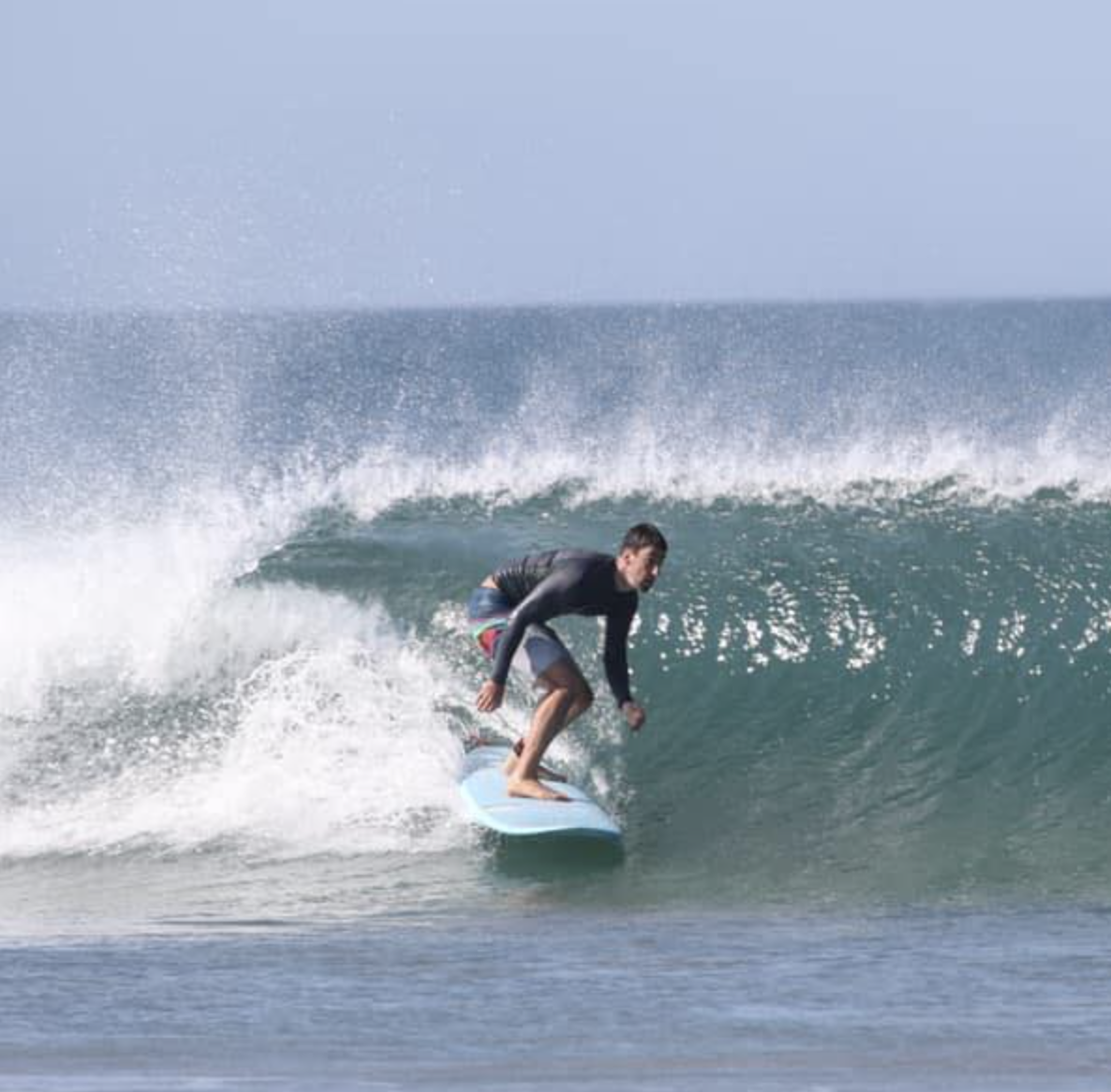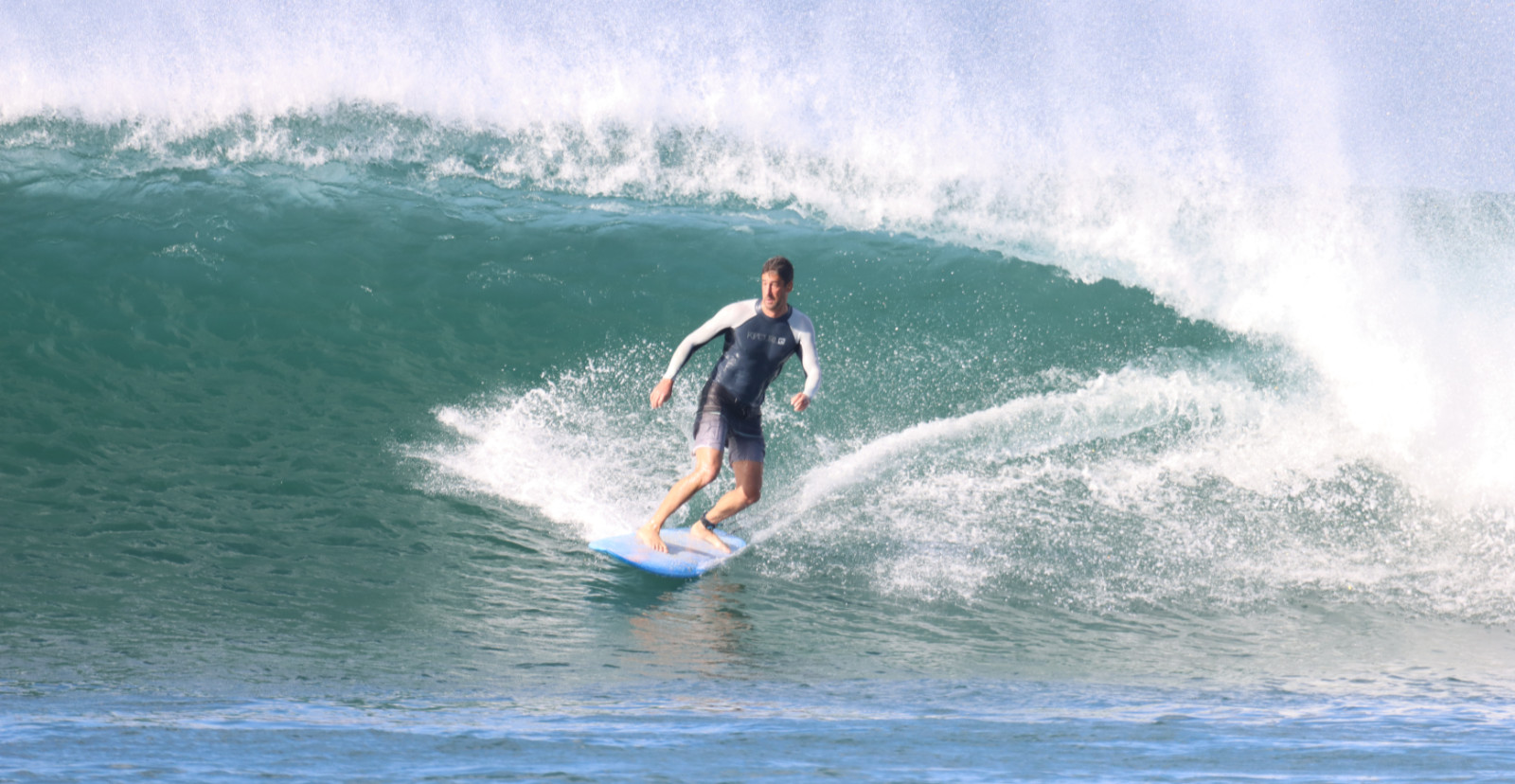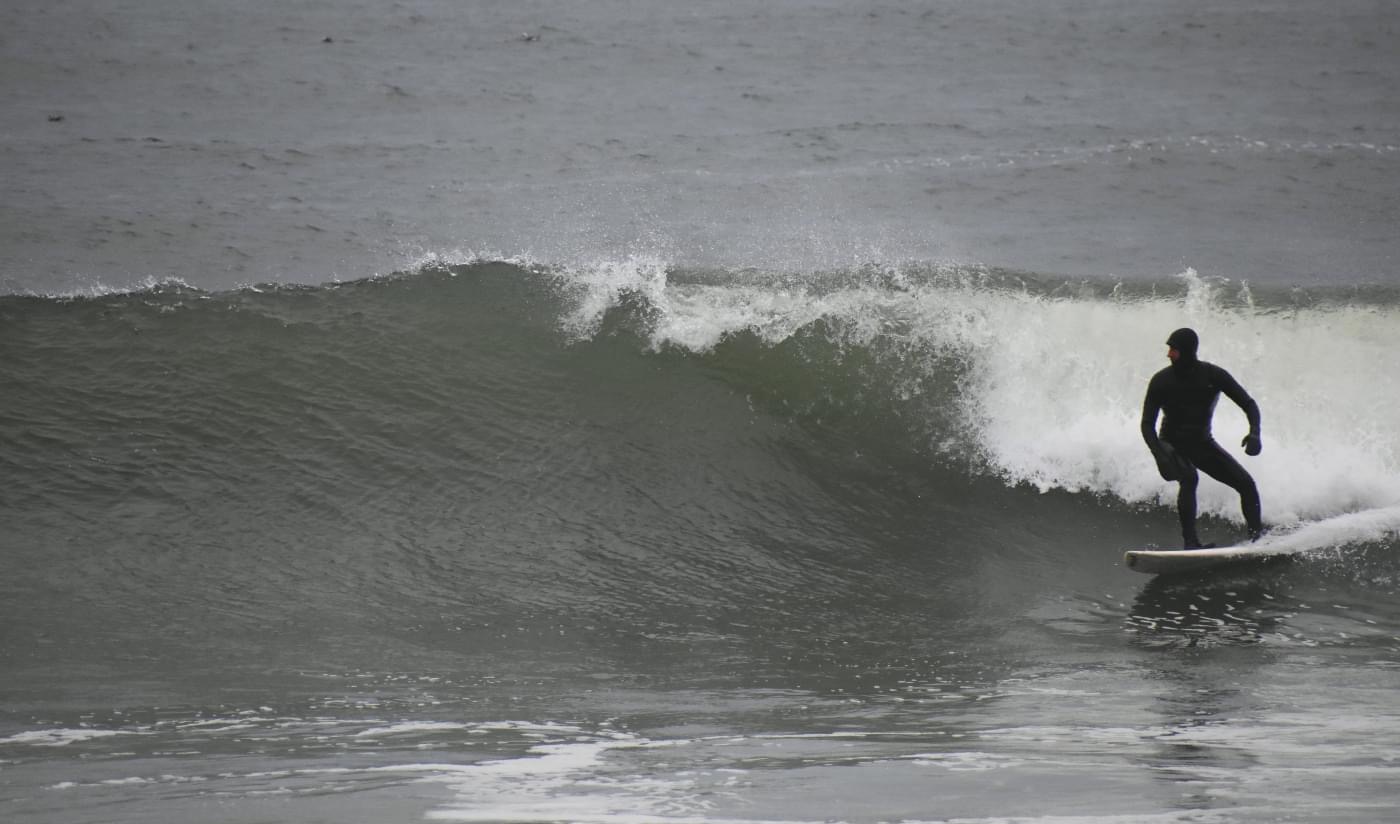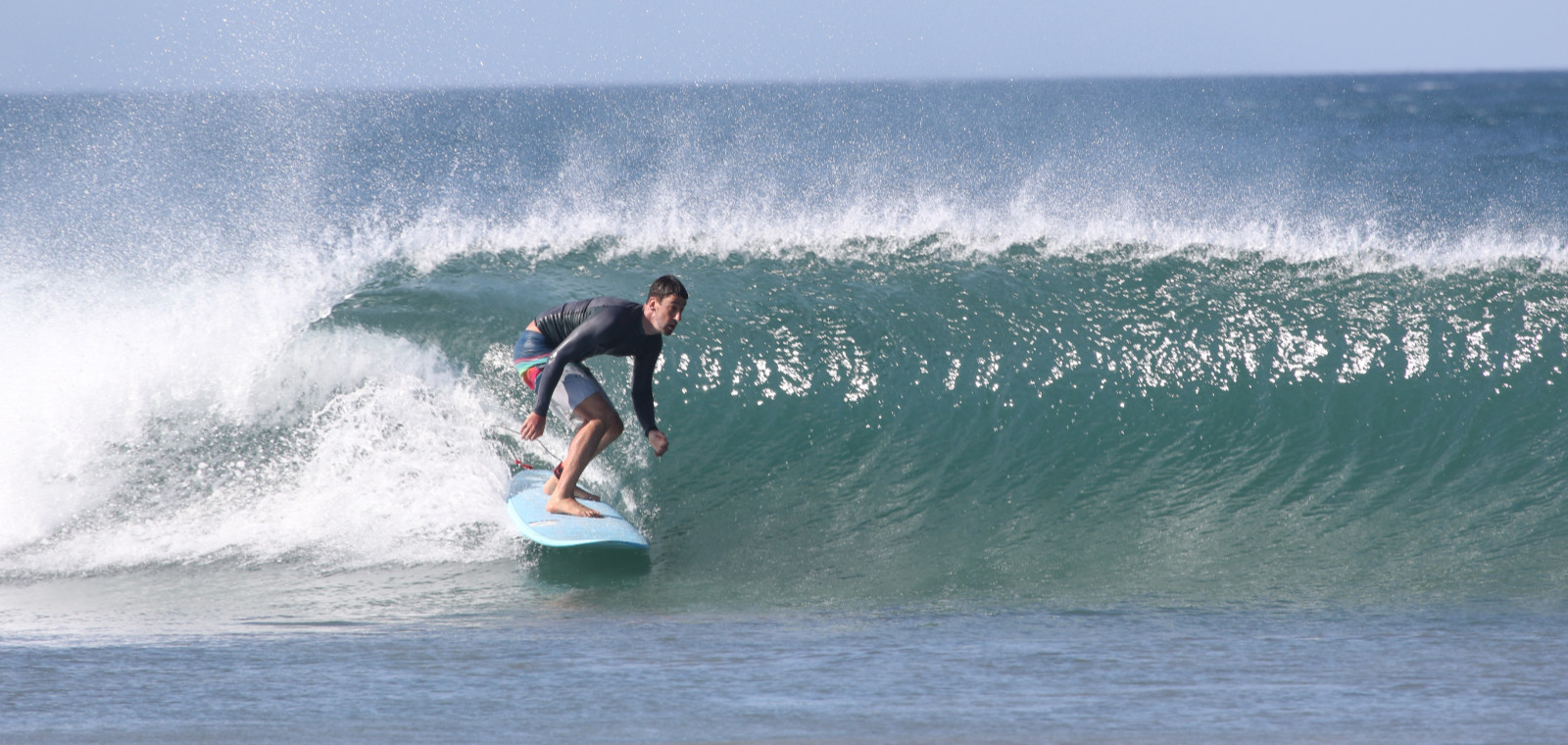Surf Captain is the culmination of our Founder Micah Sklut’s history of forecasting surf conditions. As Micah traveled around the world, he found considerable interest in how Surf Captain came to be and thought it was worth sharing the background of his career and how it led to what we see now on Surf Captain.
1998 - DelawareSurf.com
Micah moved to the Delaware coast at age fifteen and quickly found his passion for surfing. Many people are surprised that Micah is from Delaware, since Delaware is not known as a surf mecca. Micah explains: “My interest in forecasting grew from my experience in Delaware. The surf there can get really good, but it is just really inconsistent. So my goal was to figure out when the next great day was going to be.” This pushed Micah towards studying weather and climate at the University of Delaware, where he received both his undergraduate and masters degrees.
Micah started creating his own forecasts on his first website, DelawareSurf.com, which was launched in 1998. Delaware Surf was a local hit, and this got Sklut attention and recruitment to work for Surfline.
2001 - Surfline
Micah worked for Surfline as a part-time East Coast forecaster from 2001 to 2004 while he attended graduate school. While at Surfline, Sklut describes the catalyst for him to start his first forecast business, Swellinfo: “At Surfline, I was analyzing a ton of weather and wave model data and forecasting from Maine to Florida and sometimes also adding on Caribbean and Europe forecasts all in the same day. This was a tremendous amount of analysis. As I got really good at learning the process and what made each local area unique, I thought the mental computations that I was doing every day to create the forecasts could be automated and be just as good if not better.” As the position at Surfline was not leading to a desirable full time position, Micah put his idea into action, creating Swellinfo.com.
2006 - Swellinfo
Swellinfo was the first surf forecasting service to create fully automated surf predictions that were human, readable text forecasts and surf height graphs that took into account all the attributes and nuances of each location. The Swellinfo audience grew across the United States, Central America, and the Caribbean and expanded to over 400,000 users per month in the peak months. In 2014, Micah received an offer from a media company to buy Swellinfo. Micah explains, “I never planned to sell Swellinfo, but I received an offer that was a really good option for me at that time in my life.”
After the sale, Micah stayed on in a small role to help maintain Swellinfo. But, after several years, it was clear that his vision for the future of Swellinfo wasn’t sufficiently valued by the new owners, so Micah left in 2018. It wasn’t long after Micah left that the forecasts were having difficulty being maintained, and the forecasts’ accuracy have dropped off substantially since then. Eventually, Micah knew that it was time to start the next iteration of Surf Forecasts.
2020 - Surf Captain
Everything that could be improved upon Swellinfo has been incorporated into Surf Captain, including the customized wave modeling, the forecasting algorithm, the user interface, and even the business model. While Swellinfo had a community that contributed to forums and media, Micah wanted Surf Captain to solely focus on the forecasts and put all the energy into making the forecasts as excellent as possible. Micah points out, “The desire is to continually make things better, and there will never be a stopping point to this process. Every day when I look at the surf conditions, I consider how the forecast can be improved. Sometimes, this manifests in a quick parameter adjustment, but often it is refinement in forecasting methodologies over years.”
Micah explains how he sees the future of surf forecasting: “Forecasts have definitely gotten a lot better over the past few decades. This is due to the improvement in government weather models we rely on for wind forecasts, upgrades to the wave model software, and the enhancements to the algorithm approach. The forecasts, however, will never be perfect, and this is actually what makes the process fun. There is always an opportunity to improve upon things. There are just too many dynamic variables, from migrating sand bars to tidal and ocean current influences to have a perfect forecast. The idea is to create a forecast that gives the user a really good indication of what is going on with the swell and wind, but there is always going to be room for that local knowledge that only comes from time and experience surfing a particular break.”



